Advantages and Applications of Aerospace Quality Fittings
John Joyce, Director of Marketing Brennan Industries
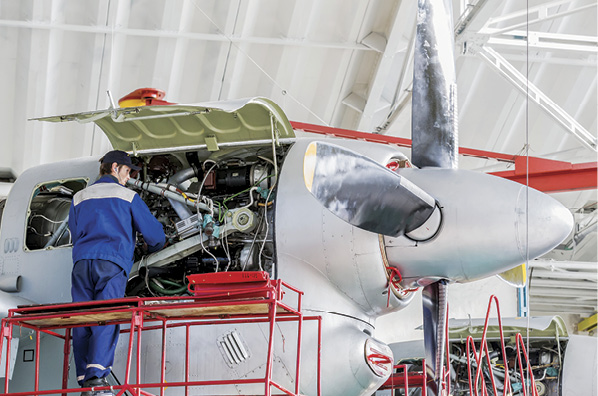
Seamless stainless steel tubing is frequently used in hydraulic systems. Seamless tube can be bent to shape much more easily than steel pipe, withstands higher pressures, and connects more securely with the right fittings. It’s the same with hydraulic hose. The hose is only as good as the connection. It is important to use high quality tubing or hose and fittings to ensure an effective seal. That’s why components that have been AS9100C and Nadcap certified are often used by OEMs of commercial, industrial and heavy equipment and by maintenance engineers in manufacturing plants and those who maintain earth-moving equipment and machinery.
It is common for manufacturers of fluid system components that are qualified to supply low- and high-pressure fittings and adapters for the aerospace and military market to also provide these same products for critical applications in industrial, construction and commercial equipment. Components that meet these stringent requirements are often used by some of the top OEMs and maintenance crews in the manufacturing and repair of equipment from off-road and heavy machinery to CNC milling machines. Any equipment or machinery that must withstand harsh environments or frequent actuation can benefit from using military grade materials to ensure top performance and long service life.
Fitting Types
Unlike steel pipe, sections of tubing are usually attached with flared or flareless (compression type) fittings. The SAE Aerospace Standard (AS) establishes the requirements for fittings that are used in all types of fluid systems.
Flared Fittings
Flared fittings provide significant design and performance characteristics compared to pipe fittings and can be used with thin-wall and medium-wall tubing.
ARMY-NAVY (AN) FLARED FITTINGS
As with all flared fittings, the tubing is flared in preparation to installation to secure the seal. The flared tube fitting is made up of a sleeve and a nut. With the nut fitted and tightened over the sleeve, it draws the sleeve and flared tubing securely to a cone shaped male fitting to create the seal. The cone on the male fitting is of the same angle as the inside of the flare (i.e. 24°, 37°, etc.). The sleeve serves as a support to alleviate vibration at the flare, distributing the energy over a wider area. Male and female AN 37°flared fittings meet Class 3A/3B UNJ/UNJF allowing for tighter tolerances, enhanced exposure to fatigue, and longer service life for aerospace and military applications. The tighter specifications of AN fittings also make them ideal for commercial and industrial applications where higher performance is desired.
Important Considerations for Flared Fittings
Proper tube, hose and fitting installations in aircraft and other military equipment are some of the most critical applications. They are also critical in heavy machinery, cranes (overhead and boom) earth-moving equipment and other construction and general industrial equipment. The appropriate connection and torque are imperative. Metal-to-metal contact between the fitting and flare is necessary to provide the proper seal. In this respect, never apply pipe compound or sealing tape to the faces of the fittings or flare. It is important that the line assembly is in alignment before applying the designated torque to the fittings.
Flareless Fittings
Also commonly known as compression fittings, flareless fittings are used in medium- to high-pressure applications. They are comprised of a nut, single or double ferrule and the fitting body. The nut and ferrule(s) slide over a tube with an OD that matches the ID of the receiving fitting. As the nut is tightened with the proper torque, the ferrule is compressed against the tube, providing a tight and leak-free seal.
The higher the system pressure, the greater the required wall thickness of the tube and, therefore, the more applicable flareless fittings are. Thicker walled tubing is not practical or even possible to flare.

MILITARY STANDARD (MS) FLARELESS FITTINGS
MS flareless fittings are used predominantly for high pressure(≥ 3,000 psi) hydraulic systems in areas that could experience rigorous vibration or inconsistent pressure. An MS type fitting replaces the need for flaring the tube and still provides a safe and dependable connection.
An MS flareless fitting is made up of a body, a sleeve and a nut. The internal design of the body causes the sleeve to crimp into the OD of the tube as the body and nut are joined. There is a counter bore shoulder in the body of the fitting with a reverse angle of 15° for steel connections, designed to prevent the tubing from an inward collapse when tightening and serves as a sealing force against the body of the counter bore.
O-Ring Boss (ORB) Fittings
O-rings for leak-tight connections are very popular among aerospace equipment designers, typically using a 90 durometer, Buna-N (Nitrile) O-ring. There are two primary types of O-ring boss fittings: SAE STRAIGHT-THREAD O-RING BOSS FITTINGS and FACE SEAL OR FLAT-FACE O-RING (FFOR) FITTINGS.
Choosing O-ring boss or FFOR fittings often depends on the location for wrench clearance. However, flange fittings are mostly used with applications calling for ≥ 7/8” OD tubing or extremely high pressures.
Conclusion
The conditions and environment of a system are key reasons to use fittings that are AS9100 and Nadcap certified. Conditions such as temperature, pressure variations, vibration and external mechanical load have a significant impact on the application and should be considered when specifying system components. Historically, each industry tends to use the same fittings in the aftermarket that are used in the original equipment. This is typically a good practice. However, more and more maintenance engineers are turning to ‘or-equal’ specifications that are supplied by aerospace certified manufacturers to ensure better performance and longer service life. As mentioned, even many OEMs of construction, industrial and commercial equipment design their systems with tighter specifications that include the use of these higher quality components.


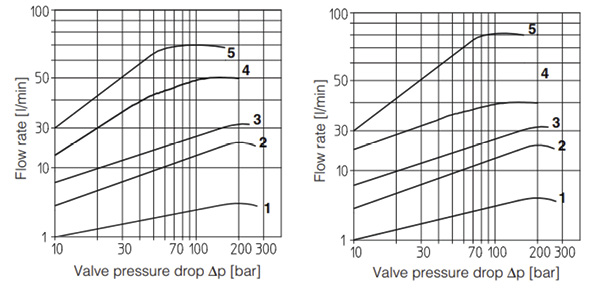

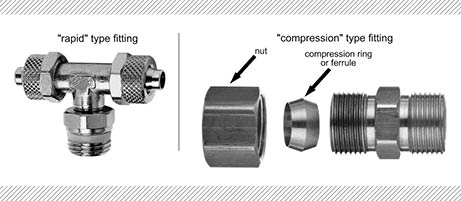

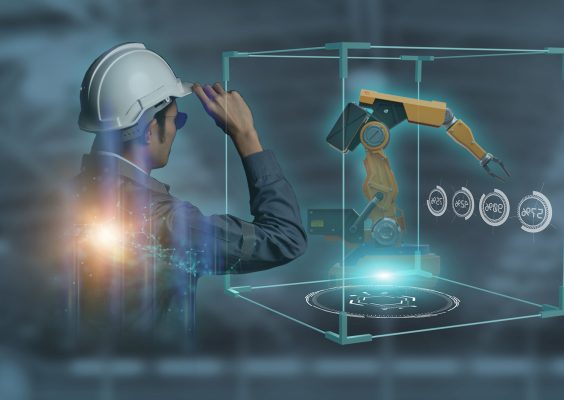
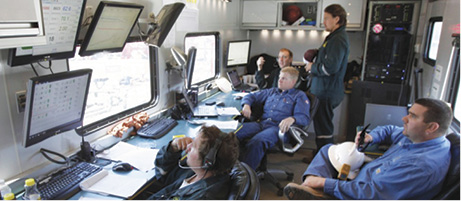

Very well written. Most people do not know about these major factors and then blame it upon the company. Even though it is company’s fault somewhat, but the consumer should also be literate enough.
For any kind of pneumatic tools, I always opt for Utah Pneumatic. They provide with quality products in an affordable range. You can check them out at their website, https://utahpneumatic.com/